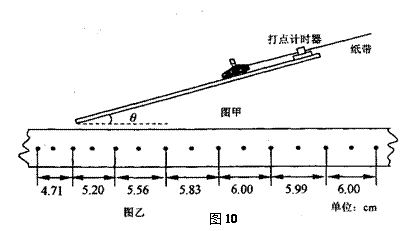School authorities often refuse to face the problem of drug-abuse; government drug-abuse agencies have done too little to inform the public about it; many physicians still seem unaware of it when they examine teenagers. As a result, parents may still be the last to know that their children have fallen victim to the drug epidemic that has been raging for more than a decade among American’s youth. In a survey of a middle-income Cincinnati suburb, 38 percent of the sixth grade and 89 percent of the senior class said they used drug and alcohol; 48 percent of the parents thought their children used alcohol, but only 8 percent thought their children used drug.
Fortunately, there is a new force at work against this epidemic—a nationwide movement of more than 400 parent groups formed to expose and battle drug use among teenagers and preteens. The groups have different approaches and widely varying rates of success. Yet this parental crusade is the only major force in the country to have taken active, organized and effective steps aimed at stopping marijuana use.
Why the concentration on marijuana Marijuana is the illegal drug most used by kids. According to a National High School Survey, 44 percent of U. S. high school seniors had smoked pot during their school years, and one out of seven of these were daily or near daily smokers. There was a close-related connection between pot smoking and subsequent use of cocaine and heroin by young men. Of those who had smoked pot fewer than 100 times, seven percent had graduated to cocaine, four percent to heroin. But of those who had smoked pot at least 1,000 times, 73 percent had gone on to cocaine, and one out of three had graduated to heroin.
Parent groups have found that by stopping their kids from smoking pot, they almost automatically stop all other illegal drugs, and cut down on alcohol use as well. The High School Senior Survey’s statistics show that heavy pot smokers tend to be heavy drinkers, while those who do not use pot tend not to drink heavily.
Since virtually all over the country teenage " partying " has come to mean " getting smashed and getting stoned " on anything from pot to pills to hashish, LSD, and alcohol, some parent groups home in on the partying aspect. Parents Who Care (PWC) was started in 1979 by 15 Palo Alto, Calif., parents who were upset by stories of serious drug problems at parties. They held talk sessions with their children and learned that most of their children had never been to a party where the main activity was not getting high. The parents’ solution: workshops showing kids how to give successful drug-and-alcohol-free parties. Says Margery Ranch, PWC director, " We’ve seen a change in attitude. Young people are feeling more comfortable saying no.
The main idea of Paragraph 1 is that()
A. society pays little attention to drug use among teenagers
B. drug-abuse has become a common problem among teenagers
C. parents are angry at children’s drug-abuse
D. children use alcohol more often than drug

 ;③
;③
 v)
v)